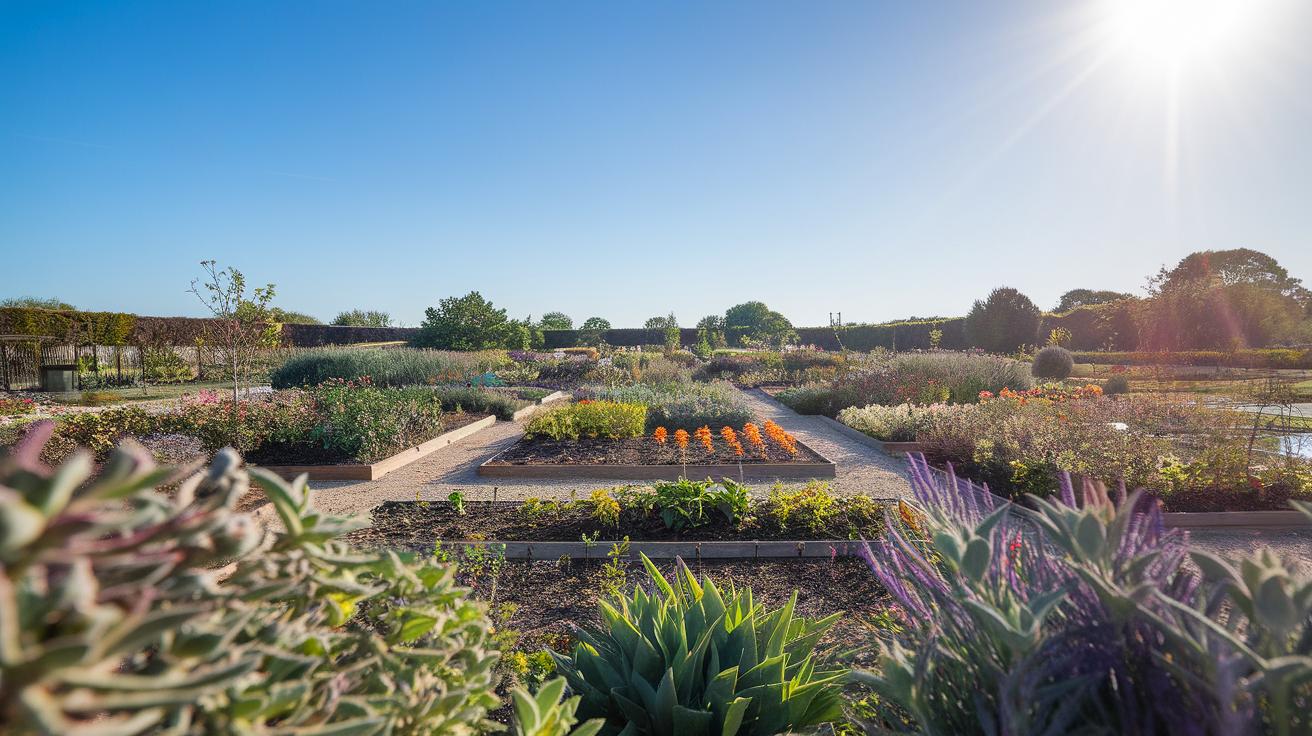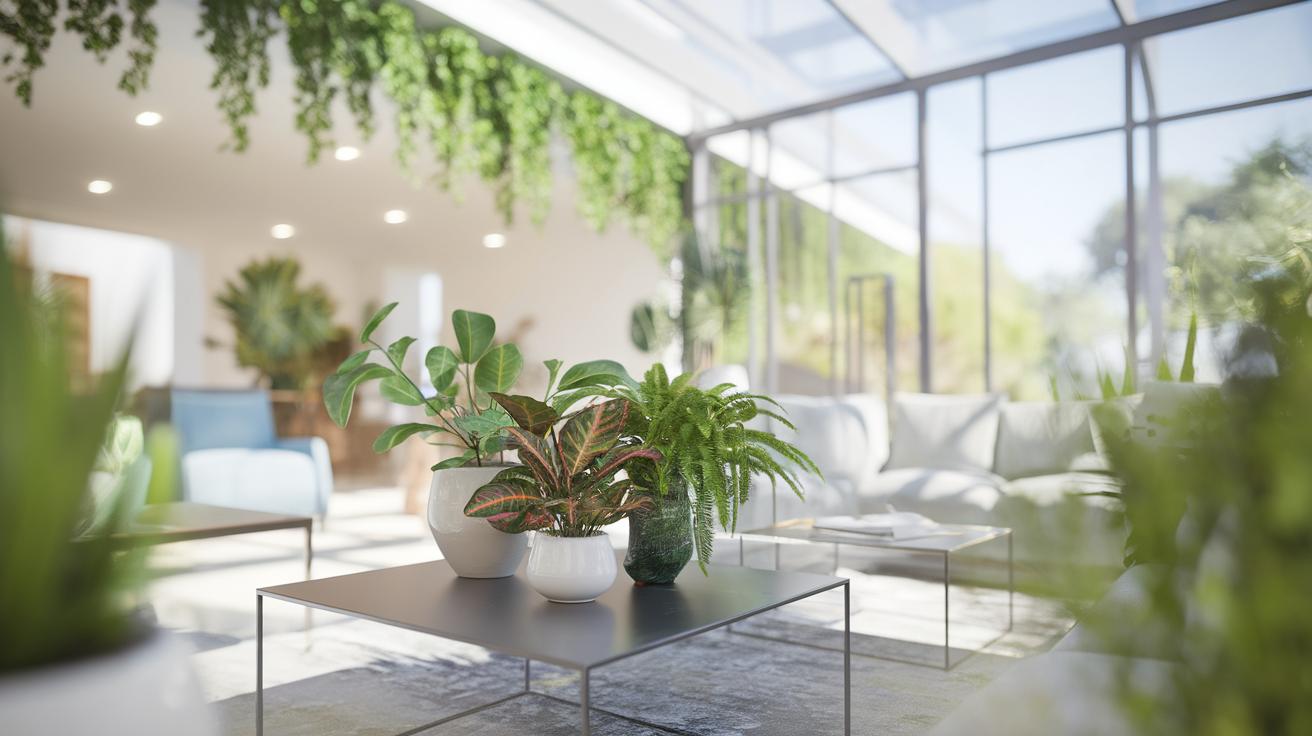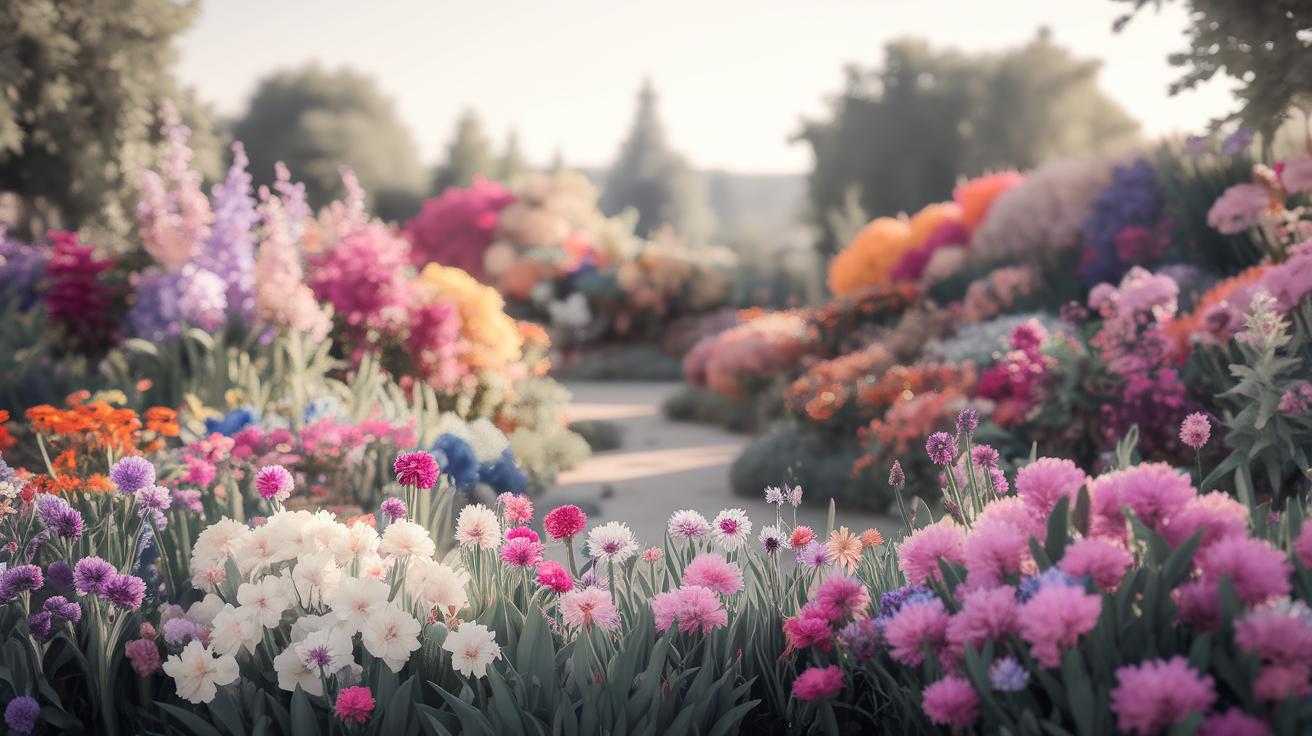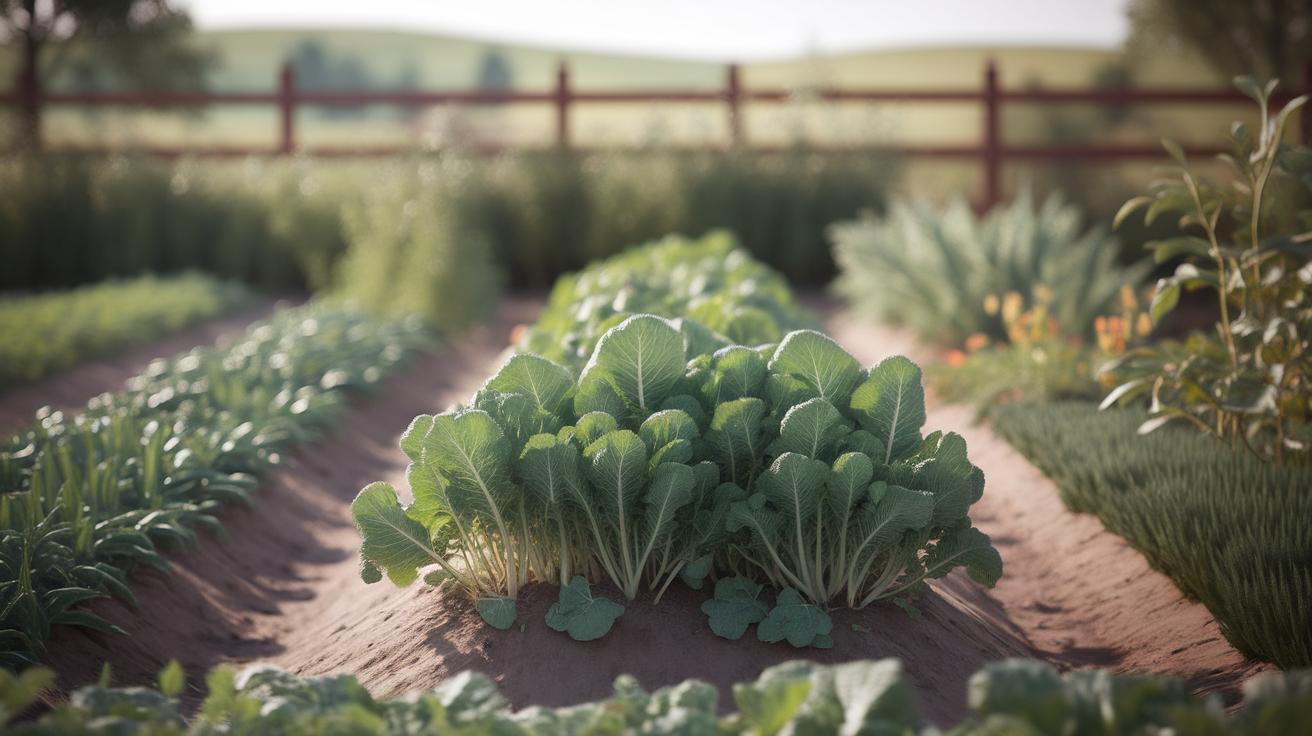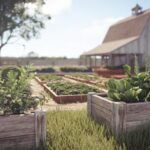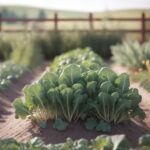Introduction
Gardening is not merely a hobby; it is a fulfilling journey that enhances our connection with nature. With the right gardening tips, anyone can transform their outdoor space into a flourishing sanctuary. This article delves into essential strategies that cater to both novice gardeners and seasoned green thumbs, highlighting everything one needs to know to cultivate a thriving garden. From understanding plant selection to optimizing soil health, the insights presented here aim to enrich your gardening experience.
Gardening encompasses a wide array of practices that can generate delicious produce or stunning floral arrangements, each requiring attention to detail and a deep understanding of plant life. Whether it’s the importance of pest management or the benefits of seasonal planting, we will explore fundamental principles that govern successful gardening. The goal is to equip you with practical knowledge and innovative tips to maximize the potential of your green space, ensuring that your gardening venture is both rewarding and enjoyable.
Understanding the Basics of Gardening Essential Gardening Tips for a Thriving Green Space
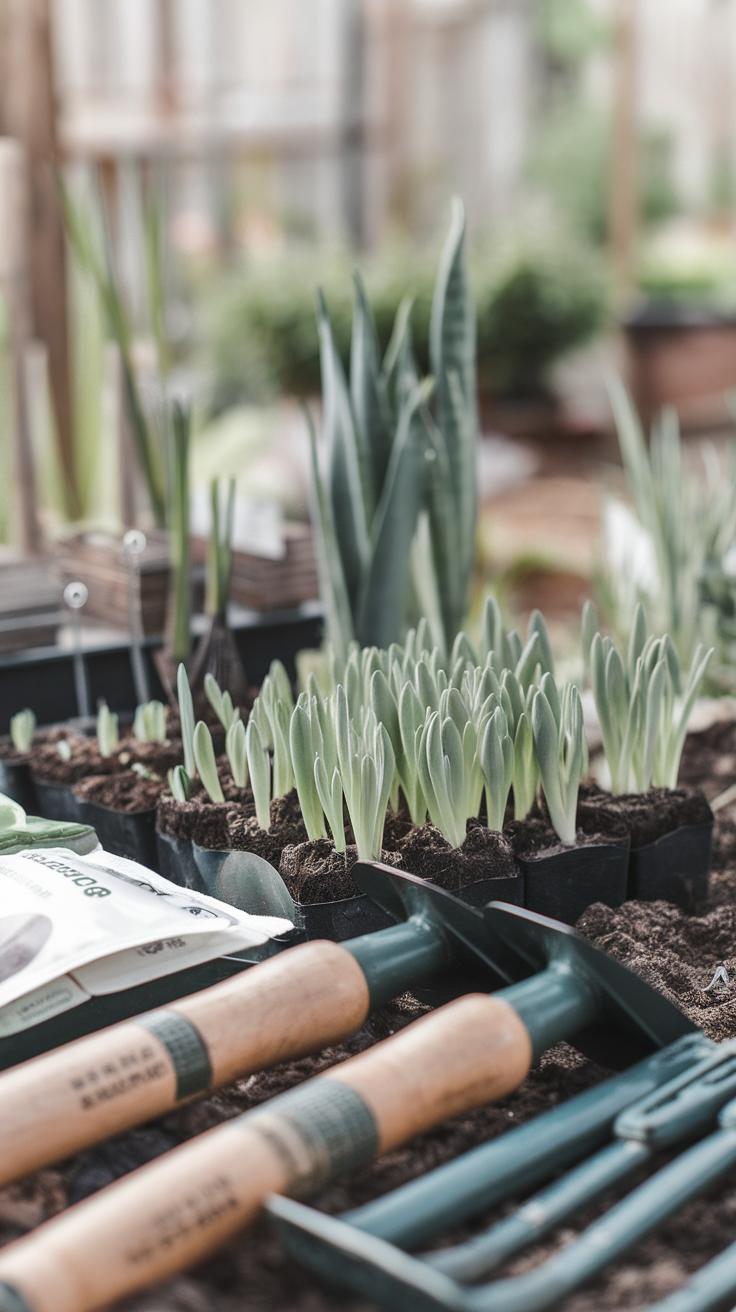
Fundamental Principles and Types of Gardens
Gardening encompasses various principles and practices that can transform your outdoor space into a flourishing haven. Knowledge of different types of gardens, such as vegetable, flower, herb, and rock gardens, can help you choose the best fit for your lifestyle and environment. Each garden type serves a distinct purpose, allowing for creativity and productivity. Familiarity with your local climate, soil conditions, and plant requirements is crucial for making informed decisions that enhance your gardening experience.
Essential Tools for Effective Garden Care
A few essential tools can make garden maintenance more manageable and enjoyable. Investing in quality items like a spade, pruners, trowels, and a watering can provides a solid foundation for your gardening endeavors. Gloves protect your hands, while a wheelbarrow or garden cart helps transport soil, plants, and tools efficiently. Regular tool maintenance ensures their longevity and effectiveness, setting the stage for successful gardening seasons ahead.
Soil Health and Preparation The Foundation for a Thriving Green Space
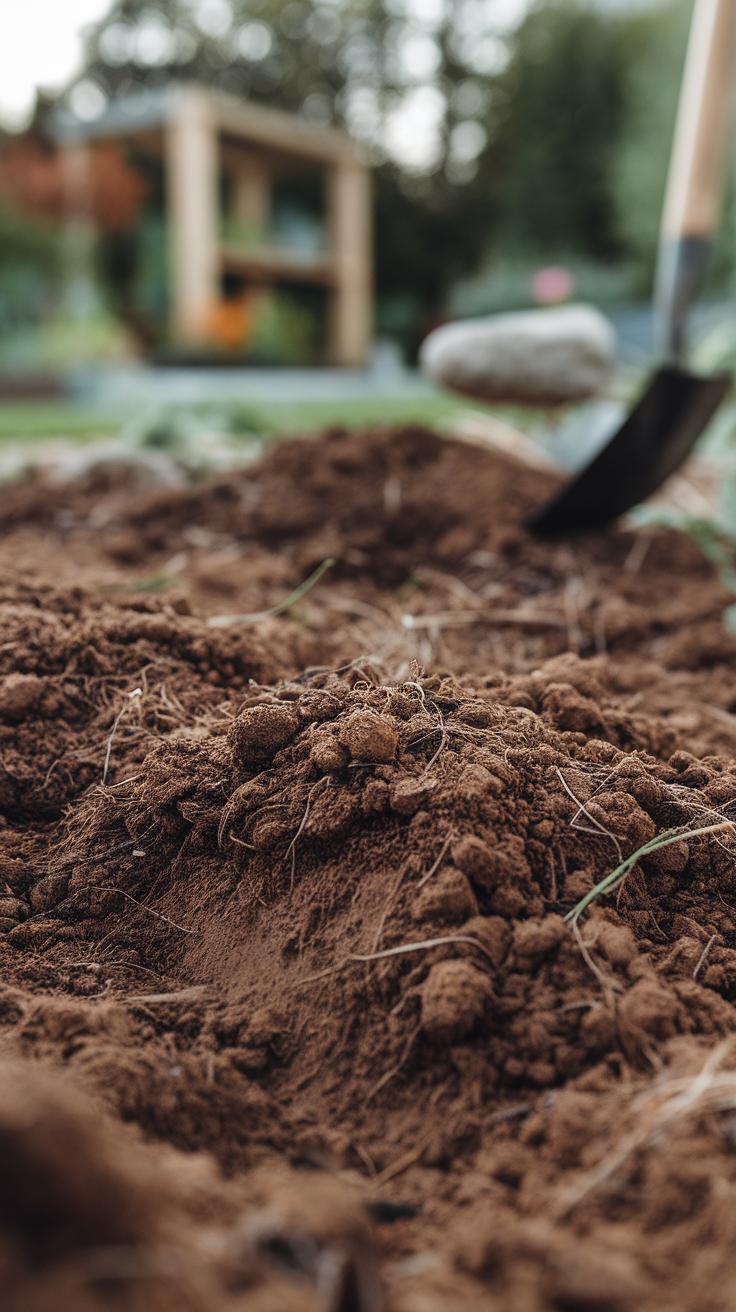
Understanding Soil Health
Maintaining healthy soil is a cornerstone of successful gardening. Soil health influences nutrient availability, water retention, and microbial activity, all of which are essential for plant growth. Healthy soil is often rich in organic matter, a mixture of decomposed plant and animal residues, which enhances its fertility. Two main categories of soil types—sand, which drains quickly, and clay, which retains moisture—require different management techniques to optimize their productivity. Gardeners should assess their soil’s texture and composition to tailor their approach effectively.
Preparing Soil for Planting
Proper soil preparation involves several critical actions. Start by clearing away any debris, weeds, or rocks that may hinder growth. Testing the soil pH and nutrient levels offers valuable insights into necessary amendments. For optimal soil structure, incorporate organic matter like compost or aged manure, which can improve aeration and drainage. Tilling or turning the soil allows these amendments to blend, fostering a nutritious environment for your plants. Through diligent soil preparation, gardeners can ensure a robust foundation for a blooming and productive garden.
Choosing the Right Plants for a Thriving Green Space
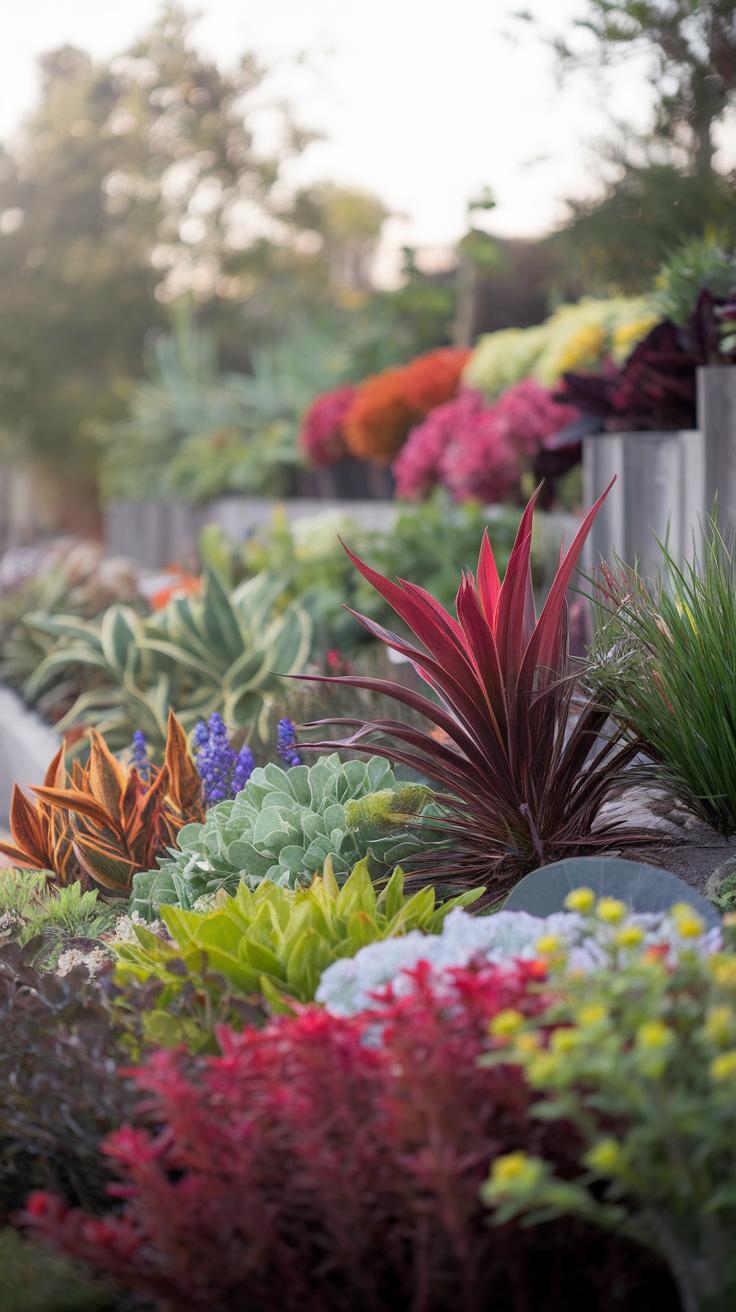
Understanding Plant Selection in Your Climate
Selecting the right plants is fundamental to ensuring a vibrant garden. Begin by assessing your local climate, as different plants thrive in varying temperature ranges and moisture levels. Research plant hardiness zones and choose varieties that are well-suited to your area’s conditions. Native plants often have the advantage of being well-adapted to the local environment, requiring less maintenance. Consider how much sunlight your garden receives daily; some plants flourish in full sun, while others prefer partial shade or full shade. Observing existing flora in your region can also provide insights into successful plant choices.
Matching Plants to Your Garden Type
Your garden’s style will inform your plant selection. For a formal garden, opt for structured plants, such as boxwoods or neatly trimmed hedges. In contrast, a cottage garden may benefit from a charming mix of wildflowers and shrubs. If space is limited, choose plants that offer vertical growth or those that are compact in size. Grouping plants with similar water and light needs can also enhance overall growth and health. Conducting a little research on plant compatibility can lead to a flourishing garden that not only looks beautiful but also arises from a nurturing ecosystem.
Watering Wisely Techniques for Effective Watering
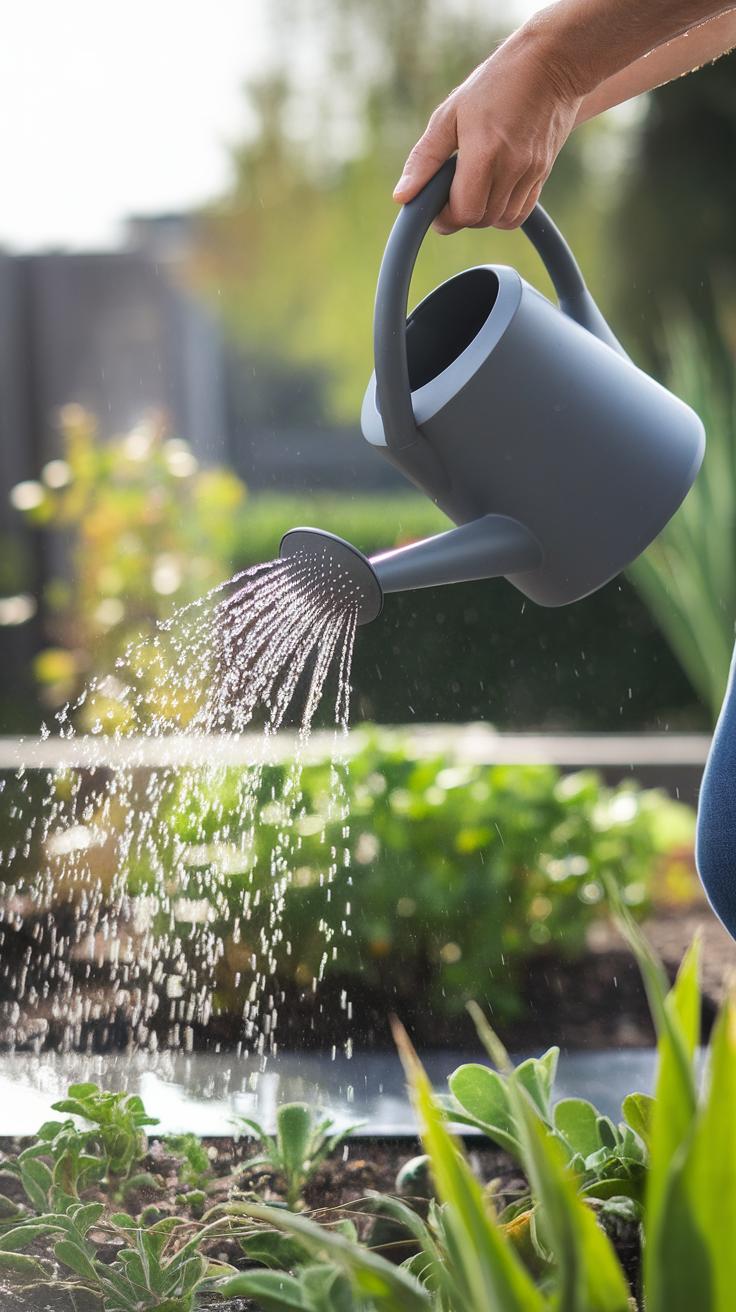
Promoting Healthy Plant Growth
Effective watering techniques are crucial for fostering a flourishing garden. Understanding your plants’ water needs, based on their type and local climate, ensures they receive adequate hydration. Watering deeply but infrequently is often more beneficial than shallow, frequent watering. This encourages roots to grow deeper, making plants more resilient during dry spells.
Adopting methods such as drip irrigation offers a way to deliver moisture directly to plant roots while minimizing evaporation. Using soaker hoses can also be effective for consistently moistening the soil. Monitoring the weather is essential, as rain can reduce the need for additional watering. Ultimately, maintaining soil health through mulching aids in moisture retention and promotes a vibrant green space.
Pest and Disease Management Securing Your Green Space
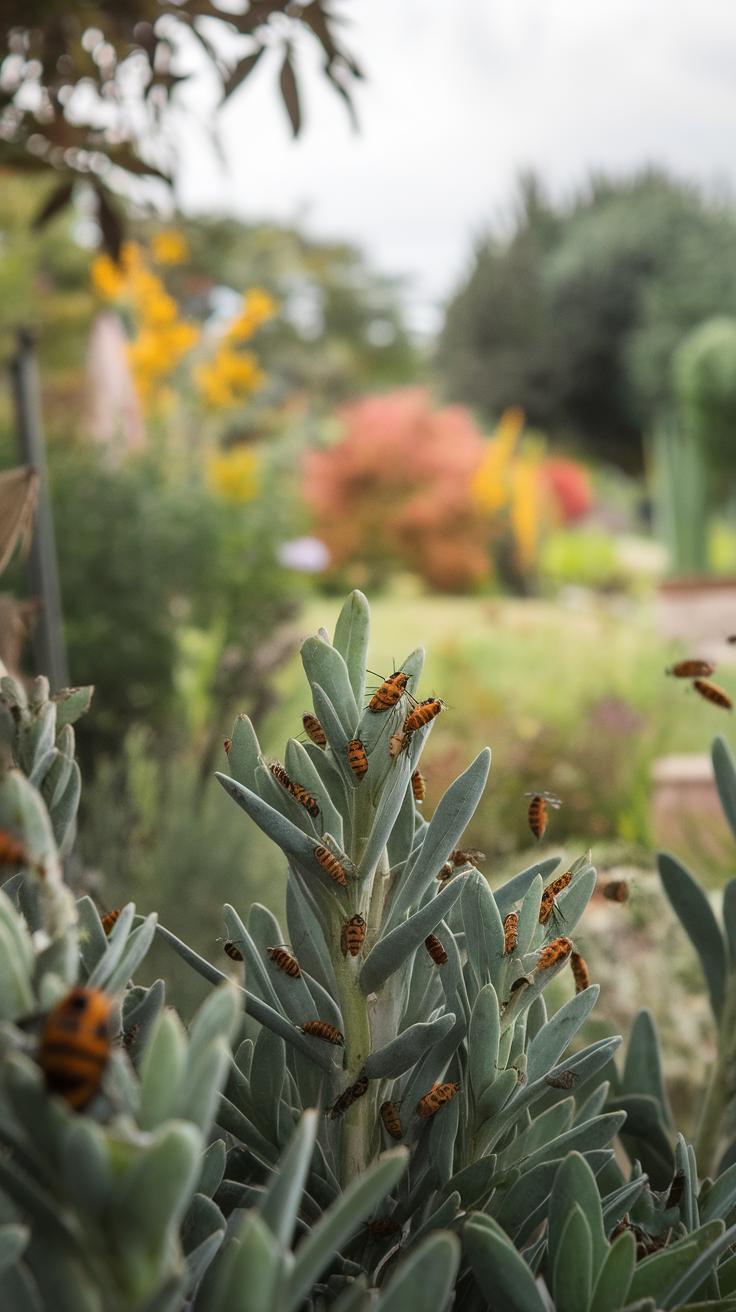
Understanding Potential Threats
Recognizing pests and diseases is the first step toward effective management in your garden. Regularly inspecting plants for signs of distress can help. Look for discolored leaves, wilting, or unusual spots, which may indicate a problem. Common garden pests include aphids, caterpillars, and spider mites, while diseases can range from fungal infections to bacterial wilt. Identifying these issues early allows for prompt action, minimizing potential damage.
Natural and Chemical Control Methods
A variety of strategies can be employed to combat pests and diseases. Integrated Pest Management (IPM) incorporates beneficial insects, such as ladybugs and lacewings, to naturally control pest populations. Homemade remedies, like neem oil or soap solutions, can deter unwanted intruders safely. In more severe cases, commercial pesticides may be necessary, but always follow manufacturer guidelines and apply them carefully to minimize environmental impact.
Maintaining plant health through proper spacing and crop rotation can also prevent disease outbreaks and keep your green space thriving.
The Importance of Mulching
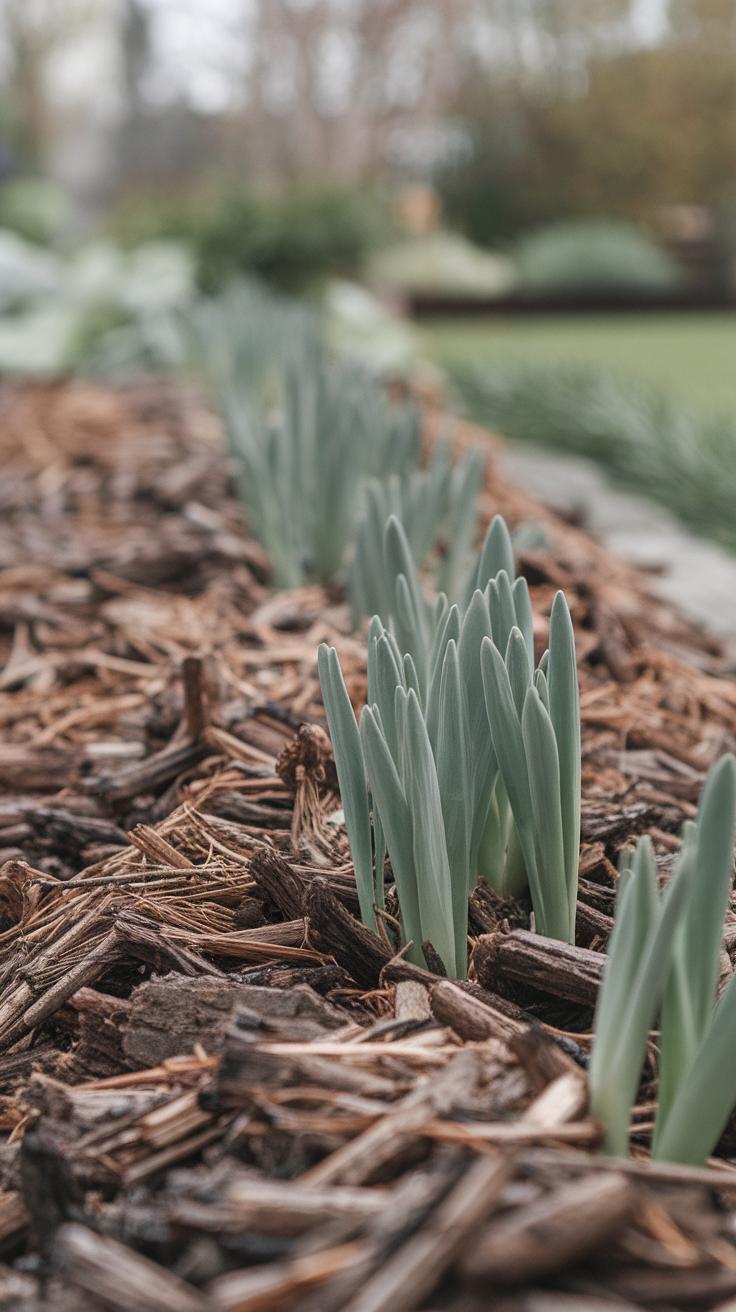
Enhancing Your Green Space Through Mulching
Applying mulch in your garden is a practice that brings numerous benefits, transforming both the soil and plant health. By covering the ground with organic materials such as wood chips, straw, or grass clippings, moisture retention significantly improves, allowing plants to thrive. This layer acts like a protective barrier, minimizing evaporation and maintaining soil moisture during hot days, which is crucial for the overall health of your plants.
In addition to conserving water, mulching effectively suppresses weeds. By blocking sunlight, it prevents weed seeds from germinating, reducing the need for chemical herbicides and labor-intensive weeding. The organic matter also enriches the soil as it decomposes, providing essential nutrients to plants and promoting healthy growth. Embracing mulching not only enhances the beauty of your garden but also sustains its vitality, making it a key practice for any gardener seeking success.
Seasonal Gardening Tips Strategies for YearRound Success
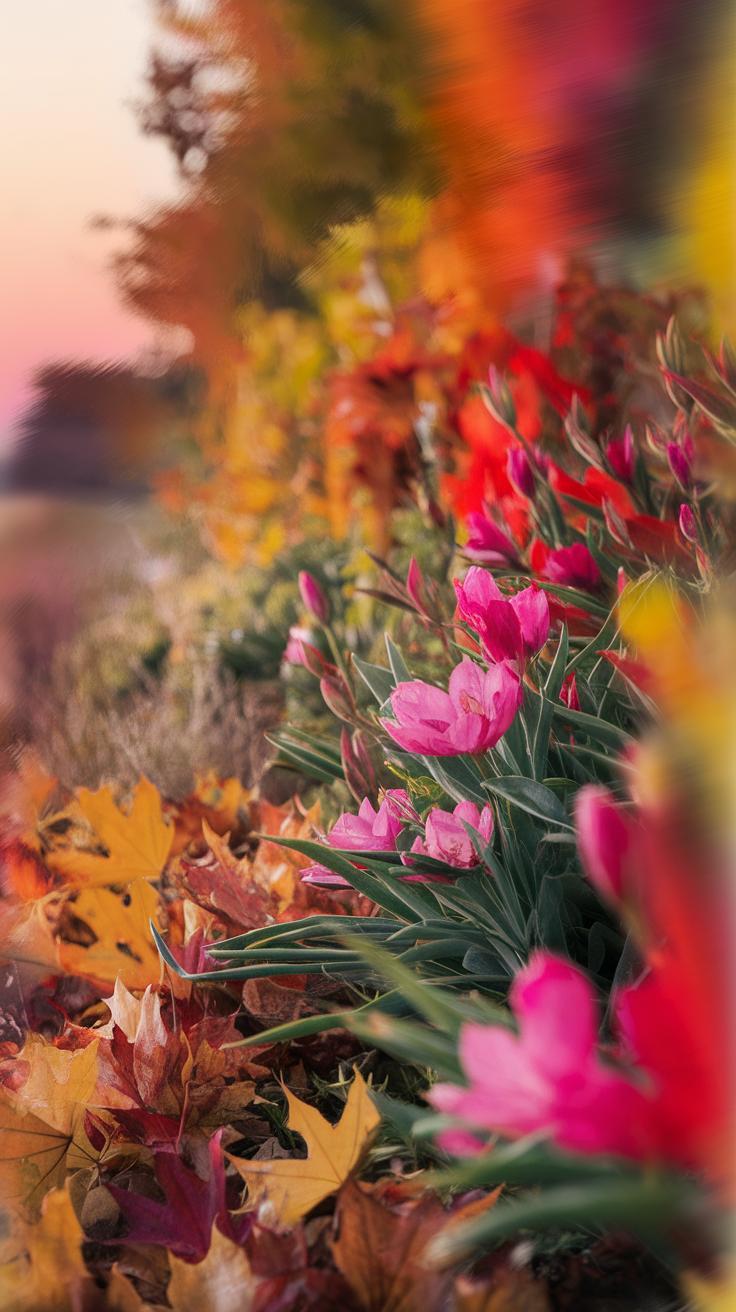
Spring: The Rebirth of Your Garden
As the cold fades away, spring emerges as a prime time for planting. Focus on soil preparation by testing pH levels and enriching it with compost, ensuring a nutrient-rich foundation. Late spring is ideal for planting annuals and perennials that will flourish throughout the season. Pay close attention to temperature fluctuations, as tender seedlings require protection from unexpected frosts.
Summer: Maintenance and Enjoyment
During the heat of summer, regular watering becomes crucial to prevent plant stress. Mulching not only conserves moisture but also regulates soil temperature, promoting healthier growth. Prune any overgrown plants to encourage airflow and reduce the risk of disease. Consider planting heat-tolerant crops, such as tomatoes and peppers, which thrive in warmer environments.
Autumn: A Time for Harvest and Preparation
Autumn signals the harvest season, a rewarding time for gardeners. Focus on gathering ripe produce and clearing spent plants to prevent pests and diseases from overwintering. Consider planting cover crops that enhance soil fertility and prevent erosion. Mulching in the fall helps protect perennials from winter temperatures and maintain soil health until spring returns.
Winter: Rest and Planning Ahead
While winter seems dormant, it’s an ideal time for reflection and planning. Evaluate the previous year’s successes and challenges to refine your gardening strategies. Consider starting seeds indoors for an early start in spring. Protect more delicate plants with appropriate winter covers, allowing your garden to thrive once the warmer months arrive.
Sustainable Gardening Practices Advocate for Sustainable Gardening Techniques That Promote Environmental Health and Biodiversity
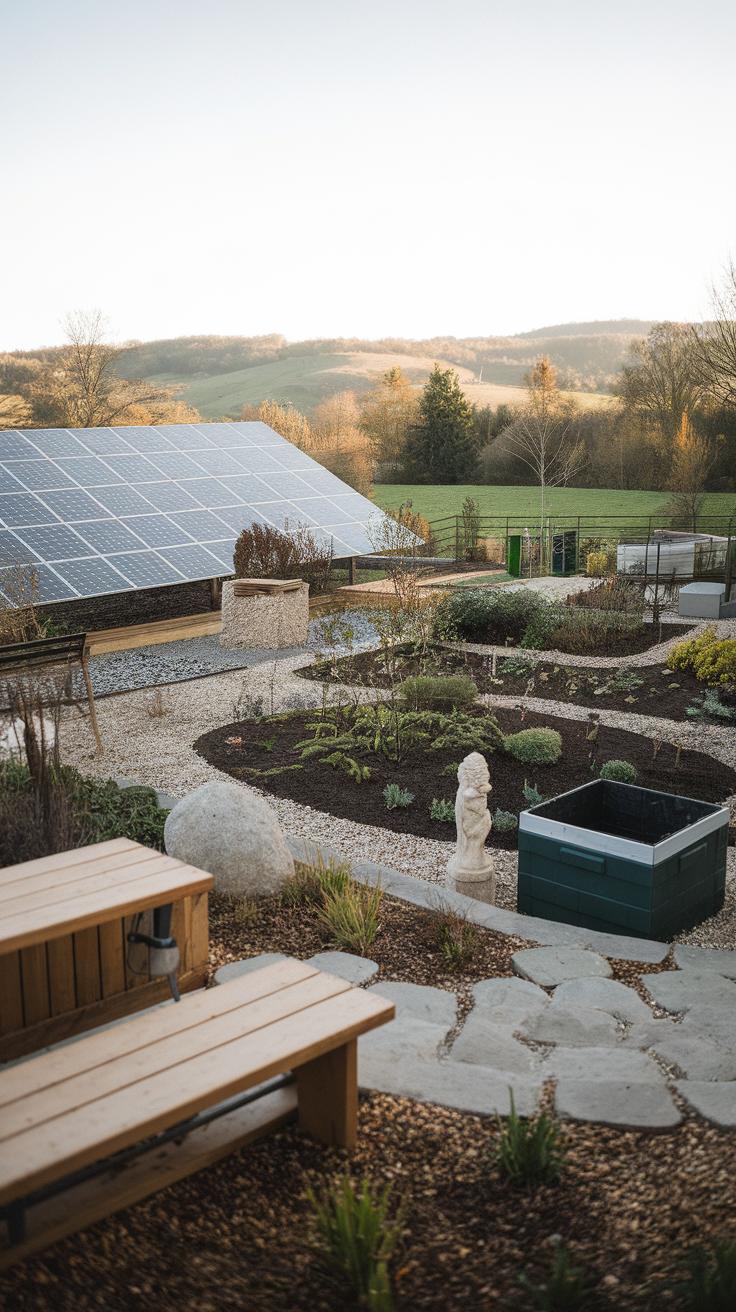
Building a Biodiverse Garden
Creating a thriving garden hinges on embracing biodiversity. Planting a variety of species not only enhances resilience against pests and diseases but also attracts beneficial insects. Incorporating native plants is particularly advantageous, as they are adapted to local conditions and provide essential habitats for wildlife. When choosing plants, consider including flowering species that bloom at different times throughout the season, ensuring a consistent food source for pollinators.
Soil Health and Organic Practices
Healthy soil is the foundation of any successful garden. Adopting organic practices, such as composting kitchen scraps and using natural fertilizers, promotes soil fertility without harmful chemicals. Crop rotation is another effective strategy, preventing soil depletion and reducing pest populations. Mulching around plants conserves moisture and suppresses weeds, further supporting an ecosystem where plants can thrive alongside beneficial microorganisms, keeping your garden vibrant and sustainable.
Creating a Garden Plan Designing Your Ideal Green Space
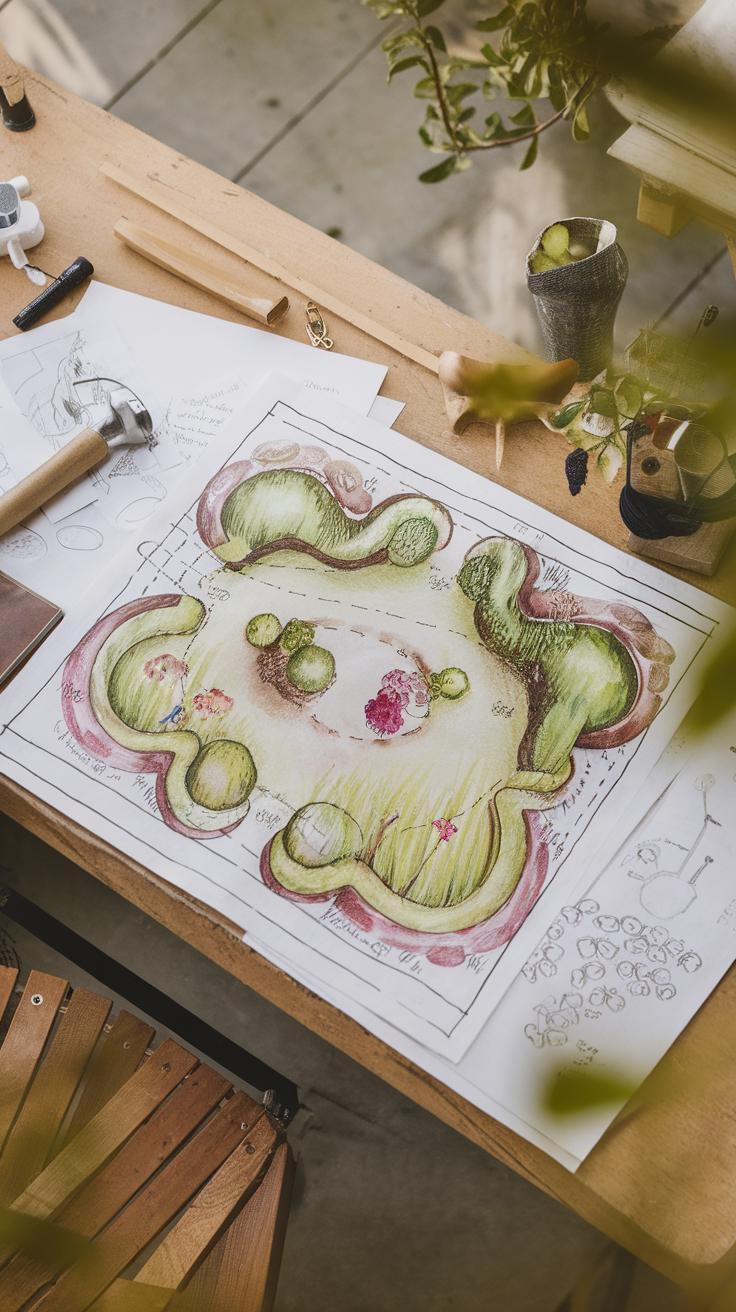
Establishing a Vision for Your Garden
Crafting a garden plan starts with a clear vision. Begin by assessing your gardening goals, whether they involve growing vegetables, creating a flower sanctuary, or enhancing biodiversity. Consider the available space—size, sunlight exposure, and soil quality all play crucial roles. Document your preferences, such as color schemes, textures, and plant types while keeping your aesthetic aligned with your gardening objectives. Visualizing the end result helps in organizing thoughts and generating excitement for the upcoming project.
Mapping Out Your Space
Once the vision is in place, create a scaled map of your garden area. Mark existing elements like trees, paths, and structures, ensuring to account for their shade and space requirements. Organize plants in zones based on their light, water, and nutrient needs. Through thoughtful planning, you’ll enhance growth potential and achieve a more cohesive, thriving garden. Integrate sustainable practices by incorporating native plants that flourish in your region while providing essential habitats for local wildlife.
Conclusions
The journey of gardening is a remarkable blend of art and science that demands patience and diligence. By applying the tips discussed throughout this article, gardeners can cultivate lush and vibrant spaces that not only beautify their environment but also provide sustenance and fulfillment. Understanding the intricacies of soil composition, plant selection, and sustainable practices lays the groundwork for lasting success in gardening.
As you embark on your gardening adventure, remember that it is a process filled with learning and growth. Embrace the challenges and celebrate the successes, for each plant nurtured contributes to your connection with nature. With these essential gardening tips at hand, you are well-equipped to create a flourishing green space that reflects your passion and dedication.


